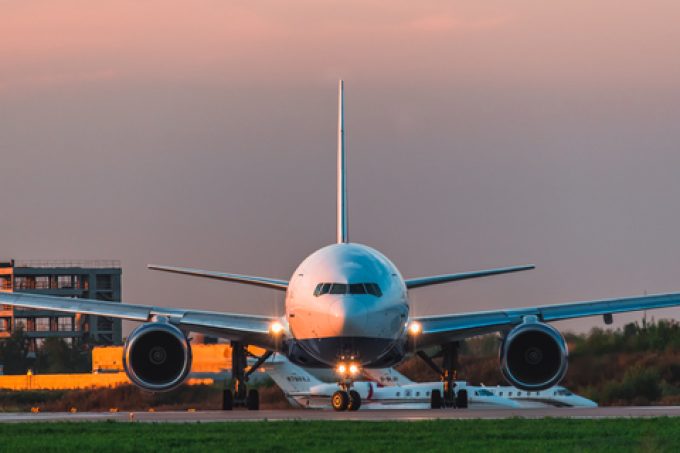Fewer freighter conversions, despite feedstock availability and demand
IBA’s latest freighter market data has revealed that aircraft conversions have declined, while feedstock prices ...

At a time when large widebody freighters are in hot demand, the supply of Boeing 777 freighters is affected by problems.
Issues with engine production hobbled Boeing’s ability to deliver new 777 cargo planes earlier this year, and converted 777s appear to be further from the ...
MSC switches two more Asia-Europe port calls from congested Antwerp
Front-loading frenzy has made traditional H2 peak season 'unlikely'
Tradelanes: Export boom in Indian sub-continent triggers rise in airfreight rates
Carriers introduce surcharges as congestion builds at African ports
Mexican airport modernisation plan unlikely to boost cargo facilities
Canada and Mexico get cosy with trade plan to bypass US
Ports and supply chain operators weigh in on funding for CPB
Tradelanes: Overcapacity on Asia-S America impacting alliances and rates

Comment on this article